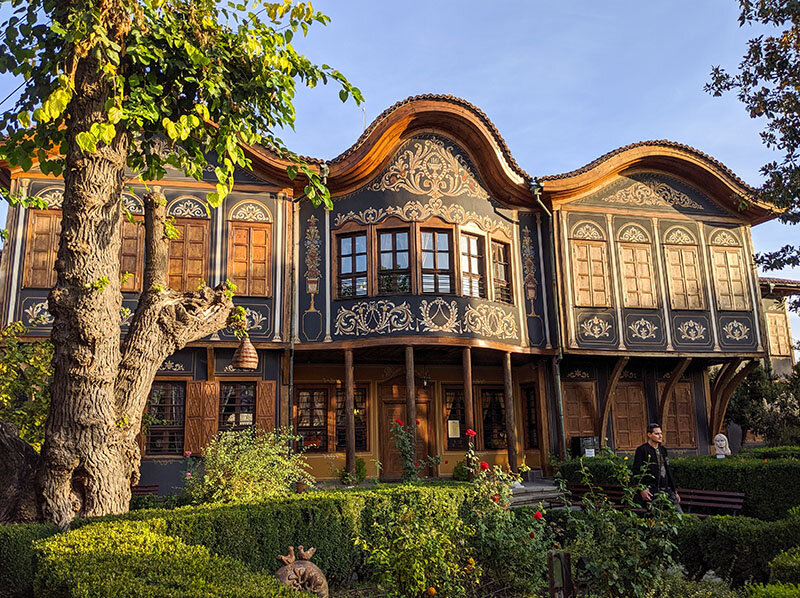Bulgaria, like Romania, was not on our initial list of places we planned on visiting. However, we needed to kill some time since we are meeting friends in Croatia so we added it to the list. In total we spent two weeks in Bulgaria while staying overnight in 4 different cities. Here is a breakdown of each city and what we did.
Varna - Varna is located right on the coast of the Black Sea meaning this is a beach town. Unfortunately, early November is not beach season which meant Varna was dead. The whole coastline is filled with what appeared to be awesome restaurants, hotels, pools, and bars but a majority of them were closed because of the season. They have a huge park that spans the coastline. We walked through a few times and even though the plants were not in bloom, it was still nice to be back by water for the first time since Ireland. Honestly, the highlight for us was our really nice AirBnb where we had a balcony for the first time in a long time. It’s funny because everyone was walking around wearing winter coats and we were just hanging out on the balcony with t-shirts because 70 degrees in November is downright hot to us.
We attempted to go to a highly recommended museum but after October all museums and sights are closed on Sunday and Mondays…bummer. We did have some good luck on Monday though. We decided to hike up to Aladzha Monastery only to find out it was closed. Luckily there was a nice security guard who let us in for 10 Bulgarian dollars, which meant we had the whole monastery to ourselves. We are pretty sure he pocketed the money, but who cares?!
Our suggestion would be to visit Varna during the beach season otherwise it can probably be skipped.
Veliko Tarnovo - Awesome and picturesque town! We always love the towns/cities that almost sit in a little bowl (Brasov, Santiago, etc.) and Veliko Tarnovo fits in that category. The “City of Tsars” was the historical capital of the Second Bulgarian Kingdom (1195-1396) so there’s a medieval presence about it. This is another city that just walking around the cobbled streets and looking at the centuries old architecture is a highlight. The best part however, was the Tsarevets Fortress. Overlooking the whole city is this massive compound that not only was a military stronghold but also housed the royal and patriarchal palaces. The earliest evidence of human presence on the hill dates from the 2nd millennium BC. Unlike Varna where we were unlucky that it was off-season, we were lucky here because there were very few people, so we could wander the grounds without any tourists.
Our suggestion would be to absolutely hit up Veliko Tarnovo and spend 1-2 nights here. You could do a day trip from Sofia or Plovdiv but that’s going to be a longgg day.
Plovdiv - Ancient. Plovdiv is an ancient city that is built around 7 hills. The city was historically known as Philippopolis and has been invaded by Persians, Greeks, Celts, Romans, Goths, Huns, Bulgars, Slavs, Rus people, Crusaders and Turks. The best part about Plovdiv is that a lot of this history can still be seen throughout the city. It’s almost as if the current city of Plovdiv is built right on top the ancient city of Phillippopolis because you can be walking past an H&M store and notice a big walled off area with ancient Roman ruins. We are so used to a big fence with a ticket office surrounding ruins like this but in Plovdiv, you not only can see it for free but they have steps so you can walk among the ruins. It really is fascinating.
Our favorite spots in Plovdiv and what we consider to be the “must see” attractions: The Ancient Theater of Philippopolis. The theater is one of the world's best-preserved ancient theatres, and was constructed in the 1st century AD! Even more wild is that it wasn’t found until the 1970’s when a landslide occurred.
Plovdiv’s Old town and Regional Ethnographic Museum were super cool and unexpected. I say unexpected because we usually look up pictures of where we should go and what we should see before we go to a city but we didn’t this time. We got to Plovdiv and checked out their main drag with all of the new fancy shops and slowly walked up the hill to Old Town. I don’t know if it’s because we hadn’t seen pictures and were unprepared but the Old Town in Plovdiv seemed like a movie set-it was so perfect. It felt like it was 2019 at the bottom of the hill and as we climbed, we were going back through time. The Ethnographic museum is located in an incredible house built in the 1800’s and has artifacts from Plovdiv’s history. You aren’t missing much if you don’t go in but definitely go and stare at the house for a few minutes.
Climb the hills for awesome views of Plovdiv would be our other recommendation while you are here. Not only is it a good workout but you will be rewarded with great views of the city and the surrounding mountain ranges if it’s clear out. At the top of one of the hills you will see a huge communist era statue that was built to commemorate the fallen Soviet troops during the war. Needless to say not all of the locals enjoy this statue.
Our Suggestion would be to absolutely visit Plovdiv and 2-3 days would be ideal.
Sofia - Sofia is the capital of Bulgaria so was much larger than the other cities we visited. Personally we enjoyed Veliko Tarnovo and Plovdiv more but that doesn’t mean that there aren’t some cool sights to see in Sofia. The main spots included the St. Alexander Nevski Cathedral which is the second largest in the Balkan region.
In the heart of ancient Serdica is the St. George Rotunda, which is the oldest building in modern Sofia, built back in 300’s.
The Serdica Amphitheatre was the largest in the Roman empire at that time and held gladiator fights. The craziest part was that it wasn’t discovered until 2004 when they started to build a hotel! Did they stop building the hotel? Nope, they built around it and you can go in and view.
Our Suggestion would be to spend no more than a couple of days in Sofia. You can knock everything out fairly quickly in that amount of time.
Check out ALL of our pictures from Bulgaria here.






























